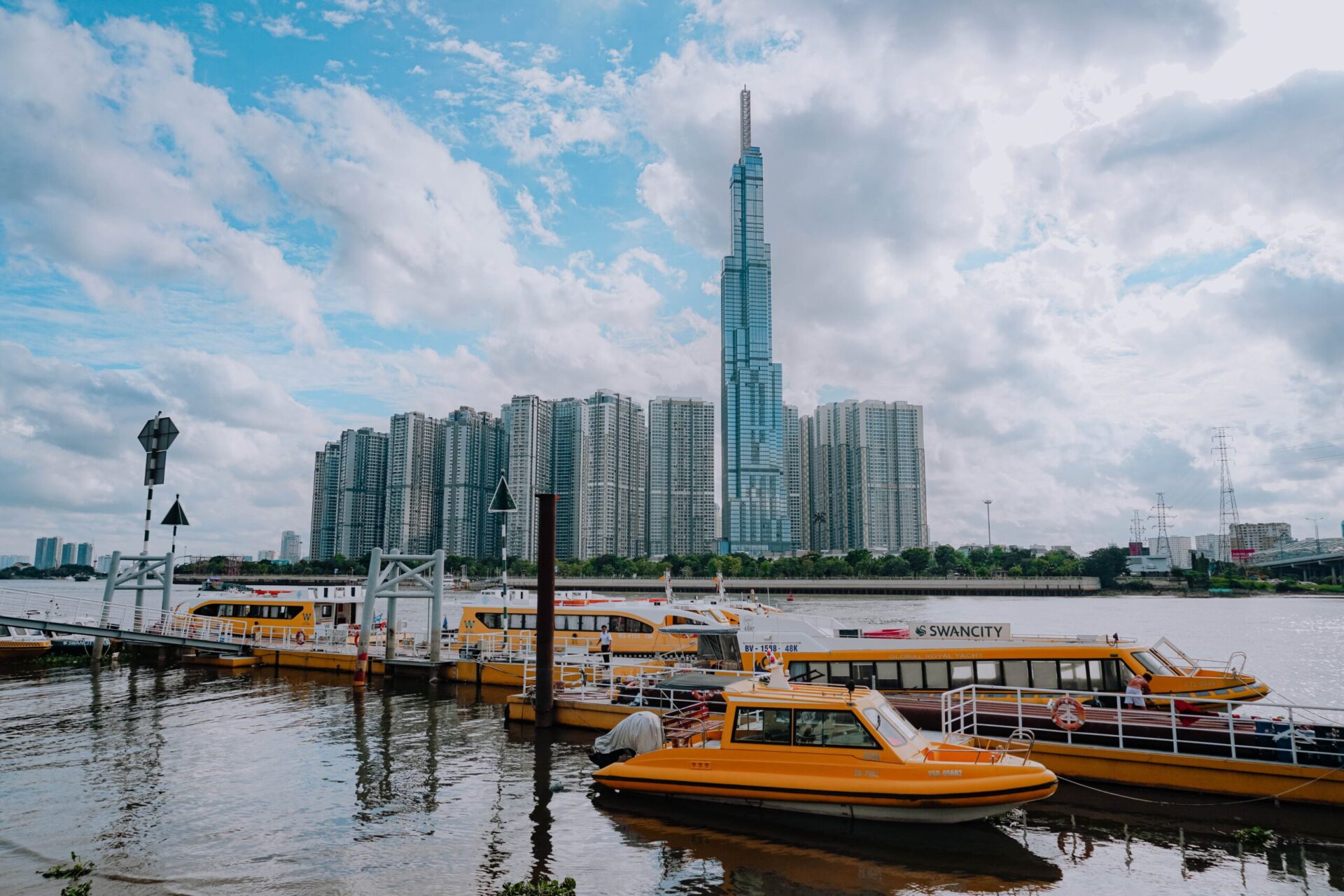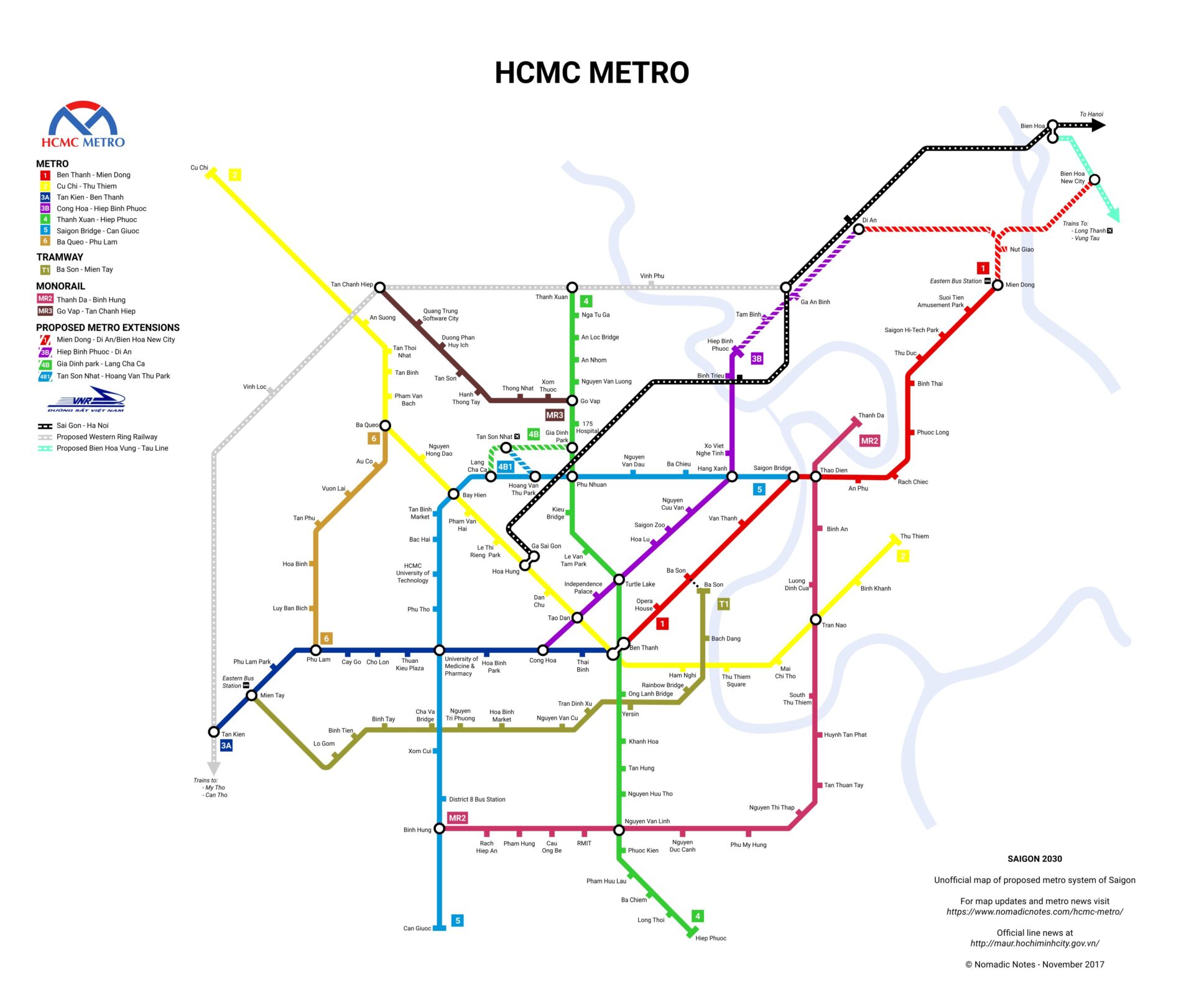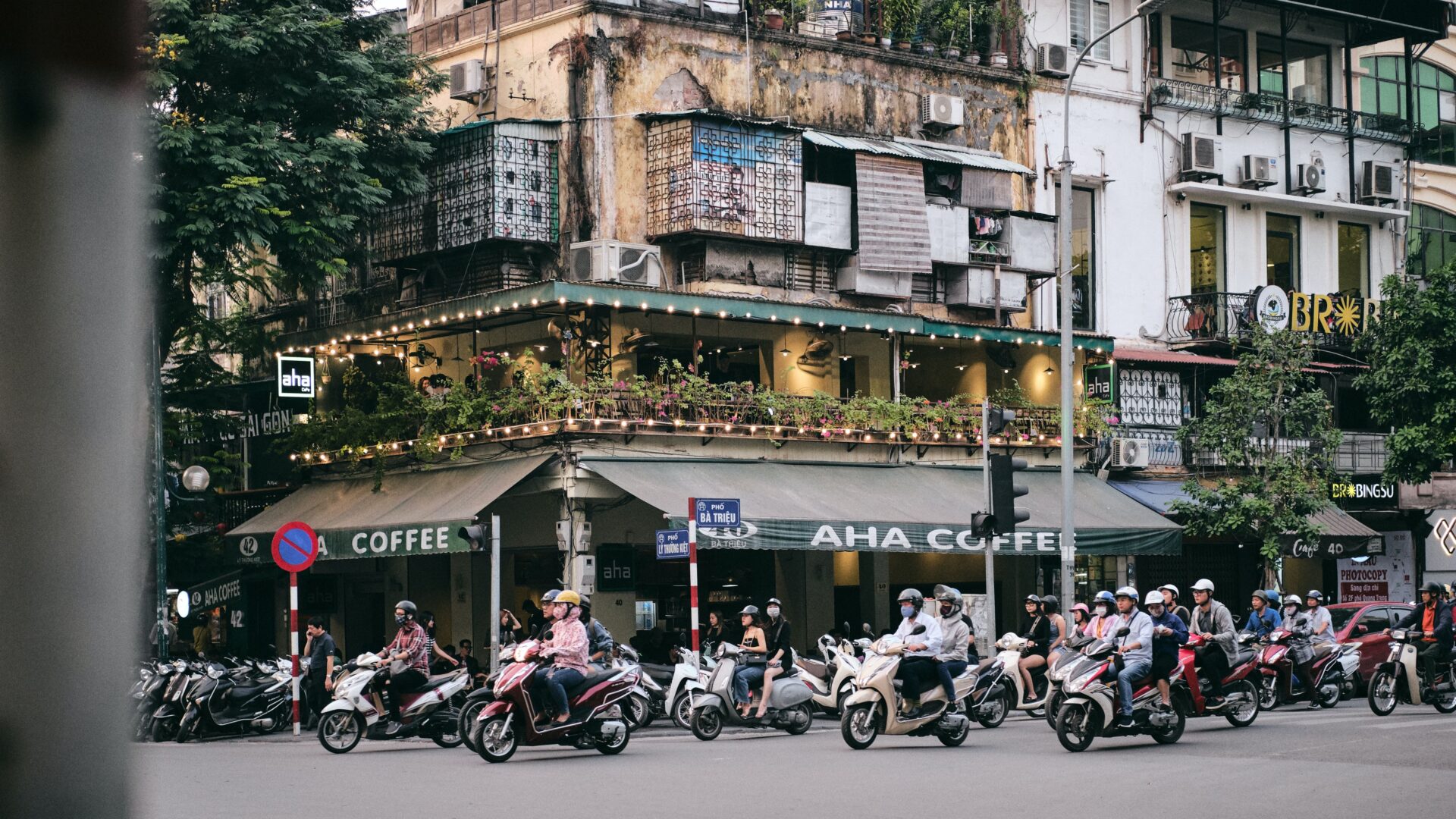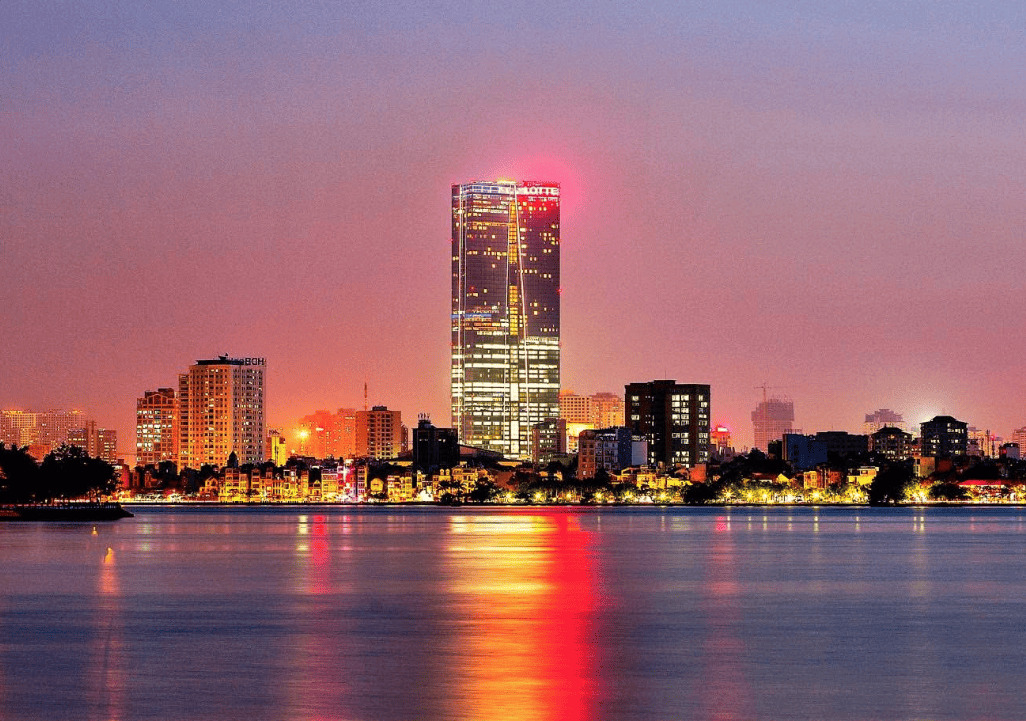Vietnam’s Economy Today and Future Outlook: Exploring a Rapidly Growing Emerging Market

Vietnam has emerged as one of Asia’s fastest-growing economies in recent years. Behind this remarkable growth are government reforms, globalization, and a young and abundant workforce. In this article, we delve into the current state of Vietnam’s economy, its key industries, the role of foreign direct investment (FDI), challenges, and future prospects.
目次
1. Current State of Vietnam’s Economy
Vietnam’s economy has seen phenomenal growth over the past few decades. As of 2023, the GDP growth rate reached approximately 6.5%, making it one of the standout nations in the Asia-Pacific region. This growth is driven by accelerated industrialization, urbanization, increased exports, and a recovering tourism industry.
For example, in Ho Chi Minh City, new industrial zones are being rapidly developed, attracting foreign companies to establish factories. Meanwhile, Hanoi is becoming a hub for high-tech industries, drawing talent from both domestic and international sources.
Additionally, as a member of ASEAN (Association of Southeast Asian Nations), Vietnam benefits from regional trade and economic cooperation agreements. The implementation of the RCEP (Regional Comprehensive Economic Partnership) in 2020 significantly boosted Vietnam’s export sector.
2. Key Industries in Vietnam
Manufacturing
Vietnam is solidifying its position as the “factory of the world.” Key export sectors include textiles, garments, and electronic devices. Global giants like Samsung and LG have established production bases, driving employment and technology transfer.
For instance, Samsung Electronics produces about 50% of its smartphones in Vietnam, highlighting the country’s pivotal role in the global supply chain.
Agriculture
Agriculture remains a cornerstone of Vietnam’s economy. The country is a leading global exporter of rice, coffee, and pepper. Vietnamese coffee, in particular, is renowned for its quality and enjoys growing demand in international markets.
In Dak Lak province, robusta coffee production thrives, with local farmers increasingly engaging in direct trade with international buyers. This has brought significant economic benefits to the region.
Tourism
Tourism is one of Vietnam’s fastest-growing sectors. Cities like Hanoi, Ho Chi Minh City, and Da Nang, along with natural attractions such as Ha Long Bay and Phu Quoc Island, are popular among both domestic and international tourists. Post-pandemic recovery has seen a notable uptick in visitor numbers.
For example, Phu Quoc Island has seen significant resort development, with many luxury hotel chains establishing a presence. This has extended tourist stays and contributed to regional economic growth.
3. The Role and Impact of Foreign Direct Investment (FDI)
Vietnam is a highly attractive market for foreign investors for several reasons:
- Low Labor Costs: A young and abundant workforce helps reduce operational costs.
- Political Stability: Vietnam’s relatively stable political environment facilitates investment.
- Free Trade Agreements (FTAs): Vietnam has signed numerous FTAs, reducing trade barriers.
For example, investments from the U.S., China, South Korea, and Japan have surged, leading to industrial zone developments and infrastructure improvements. In Binh Duong Province near Ho Chi Minh City, multinational corporations have fueled the rapid growth of industrial parks, creating jobs for local residents.
4. Challenges to Economic Growth
Infrastructure Deficiency
Infrastructure development has not kept pace with economic growth. Traffic congestion and high logistics costs pose challenges for investors.
In Hanoi, for instance, major roads experience severe congestion during rush hours, delaying logistics operations. The government has initiated highway construction projects, but these will take time to complete.
Environmental Issues
Rapid industrialization has exacerbated air and water pollution. Although the government is focusing on environmental measures, these challenges will require long-term solutions.
In Ho Chi Minh City’s outskirts, factory discharge has caused water pollution, raising health concerns among local communities. The government has responded with stricter regulations and penalties for violators.
Education and Skills Shortages
Improving workforce quality through education and skill development is essential. There is a notable shortage of technical and managerial personnel.
For example, the IT sector faces a growing demand for engineers, but local educational institutions struggle to meet this need. Companies are increasingly implementing in-house training programs to address the gap.
5. Future Outlook for Vietnam’s Economy
Vietnam’s economy is expected to sustain its growth trajectory, supported by the following factors:
- Digital Transformation: The government’s focus on developing the digital economy has spurred the growth of startups and the IT sector. For instance, Ho Chi Minh City hosts numerous co-working spaces fostering innovation among young entrepreneurs.
- Renewable Energy: Expanding the use of solar and wind power has opened up new investment opportunities in the energy sector. In Ninh Thuan Province, a large-scale solar power project is currently underway.
- Balanced Regional Development: Efforts to promote economic development in rural areas aim to achieve nationwide growth. In central Vietnam, initiatives blending agriculture with tourism are gaining traction.
Conclusion
Vietnam’s rapid economic growth and potential have drawn global attention. While industries like manufacturing and tourism are thriving, challenges such as infrastructure and environmental issues persist. As illustrated by specific examples, Vietnam’s future holds immense promise. Staying informed about Vietnam’s dynamic economy is key to seizing business and investment opportunities in this burgeoning market.
(Photo by Unsplash.com)



